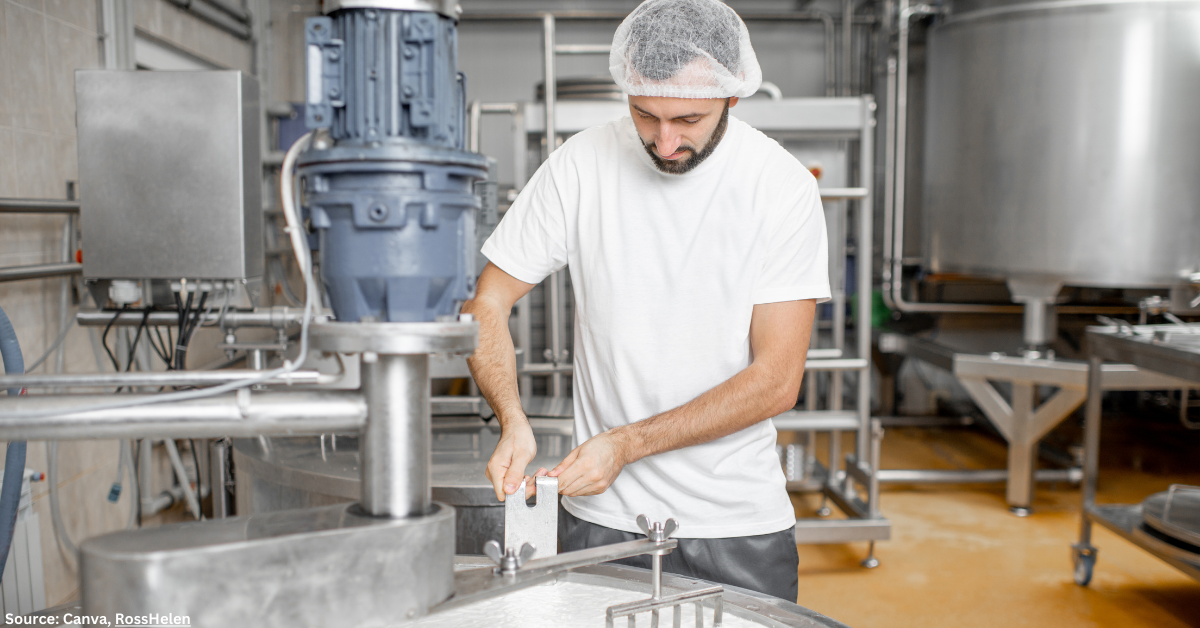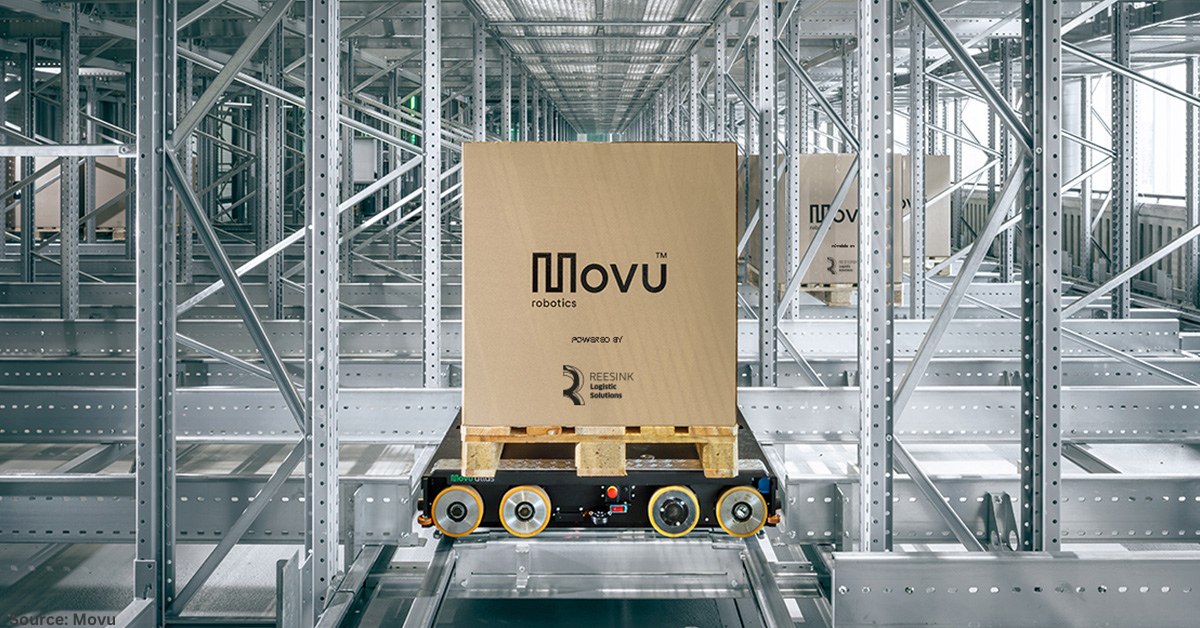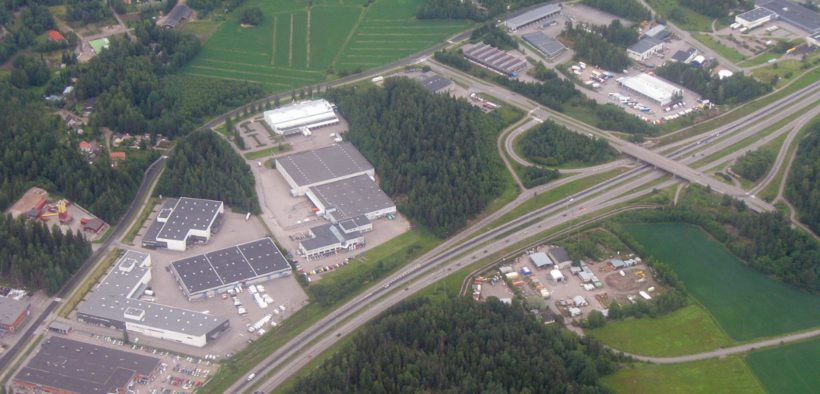The total industrial and logistics vacancy rate across Australia’s five major cities has dropped to a historic low of 1.3 per cent as national net absorption surpasses 2 million sqm, a new report from CBRE reveals.
According to the latest report, the national vacancy rate has been trending down since pre-pandemic, from 6.3 per cent in the second half of 2019 to a record low 1.3 per cent as at second half of 2021.
CBRE said the decrease demonstrates strong occupier growth and activity within the sector.
Through the six-month period across the first half and second half of 2021, the national net absorption of 4,000 sqm-plus industrial assets, was up 30 per cent to 2.38 million sqm when compared to the first half of the year.
Sydney was the exception with the market experiencing a decline in net absorption due to lack of stock availability.
Sass J-Baleh, Head of Industrial & Logistics Research at CBRE, said that demand for industrial and logistics space continues on its upward trajectory, with the national vacancy rate sitting at a historic low, underpinned by stable, long-term factors, which is driving significant rental value uplifts across Australia.
“The Sydney and Melbourne markets are leading the country with respect to occupier activity and have recorded y-o-y rental growth of 6% and 4%, respectively, for super prime grade assets,” J-Baleh explained.
She also noted that the significant growth comes as Australia’s e-commerce penetration rate hits a record 14%.
“Interestingly, the US market experienced strong rental growth for industrial and logistics assets when their e-commerce penetration rate reached 14%, and this is now what is being observed in the Australian market,” she said.
The research highlights that 90 per cent of national occupier movements are due to tenant expansion and new space requirements, rather than purely for relocation purposes.
Occupier activity in Melbourne remains the strongest in the country, representing 50% of national total gross take-up over the past 12 months. Even though new supply in 2021 is just over double the long-term average (at 481,600sqm), net absorption of space has been positive and has totaled 860,000sqm for 2H21 alone.
As a result, vacancy across most Melbourne precincts has fallen.
Sydney’s strong occupier demand, coupled with a limited supply of new developments has led to a significant rental value uplift of 5.7% over the past 12 months, and a lowering of incentive levels (which now average 13 per cent).
While below 2019 levels, Brisbane’s tenant demand over the past 12-months remains robust with around 560,000sqm of positive net absorption recorded, with demand being driven primarily by wholesale/retail trade occupiers, transport operators and manufacturing services.
CITY H2 2020 VACANCY H2 2021 VACANCY NET ABSORPTION
Sydney 1.40% 0.4% 548,000sqm
Melbourne 1.55% 1.30% 860,000sqm
Brisbane 2.90% 2.30% 560,000sqm
Perth 4.30% 1.80% 400,000sqm
Adelaide 3.20% 1.64% 200,000sqm
Cameron Grier, Regional Director Industrial & Logistics Advisory and Transactions Services said that with vacancy tightening so swiftly this year, they have seen many occupiers fighting it out to secure the last remaining warehouses to secure their supply chains.
“This competition has resulted in strong net effective rental growth for owners in the most tightly held submarkets, with many recent deals being negotiated with no incentives, whereas 12 months ago incentives in the same building would have been 15-20%,” Grier said.
“With occupiers looking to grow their omni-channel offering, we have also seen a surge in enquiry outside the major markets,” he said.
He further explained that with retailers wanting to have both a geographic presence and the ability to control their own warehouses, vacancy fell in Queensland, South Australia and dramatically in Western Australia during 2H21.
“The supply/demand equation is setting 2022 up as a great year for rental growth for landlords that own assets in these tightly held markets,” he said.
J-Baleh also noted that while warehousing continues to have the biggest up-take of space, the retail sector has climbed to be the third highest industry sector driving demand for industrial space in Australia.
Source: CBRE















































Follow us on social media